Three LEGO Minifigures Journey To Jupiter

Three LEGO Minifigures Journey to Jupiter
Did you know that the Juno mission is also one giant leap for minifigure-kind? Three LEGO crew members have set their sights on being the first toy to visit another planet, enduring the five year, 1.75 billion mile journey aboard NASA’s Juno spacecraft. One minifigure is a likeness of Galileo Galilei – who discovered Jupiter’s four largest moons. The other two represent the Roman god Jupiter and his wife Juno. Each figure has been custom molded out of aluminum to represent their special characteristics. Jupiter carries a lightning bolt, Juno has a magnifying glass to represent her search for truth, Galileo is carrying a telescope and a model of the planet Jupiter.
To me, these minifigures add a beautifully ordinary and intensely human element to this extraordinary mission.
Explore more of the LEGO Group’s partnership with NASA at LEGO.com/Space
More Posts from Littlecadet-biguniverse and Others

Island Point Milky Way
Nikon d5100 - 6 x 25s - ISO 4000 - f2.8 - 16mm

The remnants of a supernova, which usually leaves behind a neutron star. However, no such x-rays have been discovered. Could this be the youngest black hole in the milky way?

Orion Nebula And Horsehead Nebula
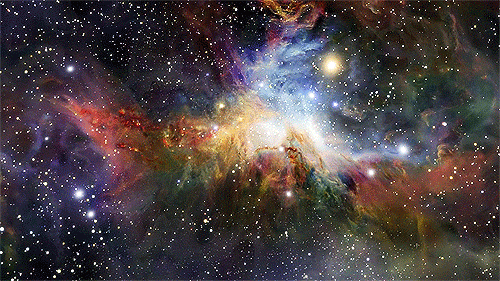
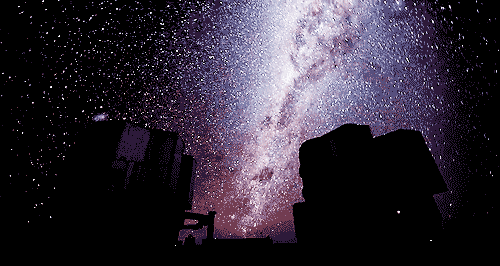
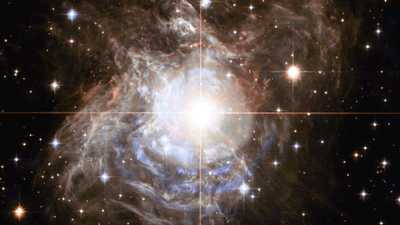
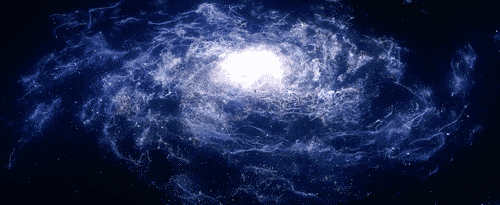
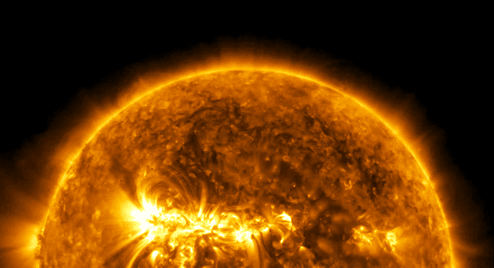
“Every one of us is, in the cosmic perspective, precious. If a human disagrees with you, let them live. In a hundred billion galaxies, you will not find another.” ~ Carl Sagan, Cosmos

Milky Way js

These three bright nebulae are often featured in telescopic tours of the constellation Sagittariusand the crowded starfields of the central Milky Way.
In fact, 18th century cosmic touristCharles Messier cataloged two of them; M8, the large nebula left of center, and colorful M20 near the bottom of the frame. The third, NGC 6559, is right of M8, separated from the larger nebula by dark dust lanes. All three are stellar nurseries about five thousand light-years or so distant. The expansive M8, over a hundred light-years across, is also known as the Lagoon Nebula. M20’s popular moniker is the Trifid.
In the composite image, narrowband data records ionized hydrogen, oxygen, and sulfur atoms radiating at visible wavelengths. The mapping of colors and range of brightness used to compose this cosmic still life were inspired by Van Gogh’s famous Sunflowers.
Just right of the Trifid one of Messier’s open star clusters,M21, is also included on the telescopic canvas.
Object Names: M8, M20, M2, NGC 6559
Image Type: Astronomical
Credit: NASA, AndrewCampbell
Time And Space

Juno Arrives at Jupiter Today!
Today on the 4th of July, 2016 (barring any tragic occurrence with the engine firing) NASA’s Juno spacecraft will enter into orbit around Jupiter.
It’s been traveling since 2011 and carries thick shielding to protect its instruments from the dangerous fields of radiation surrounding the planet.
Juno’s not the first spacecraft to go to Jupiter, but it will be the closest. I like to imagine that Juno will look like a scene from Alien: Isolation where you get to look out the window and see that massive gas giant below you.
The goals of this mission are essentially thus: investigate the weather, atmosphere and magnetosphere on Jupiter.
Moving into a grander context, as answers start to come in and we learn more about Jupiter’s nature we hope to learn more about the questions we must be asking in order to investigate the formation of our very solar system on a deeper level.
Of course with any luck and a lot of hard work, we will be able to build a more harmonious theory of how a star system forms, and the things that go into the construct of a massive gas giant.
(Image credit: NASA and JPL)

The Sunflower Galaxy

The giant star Zeta Ophiuchi
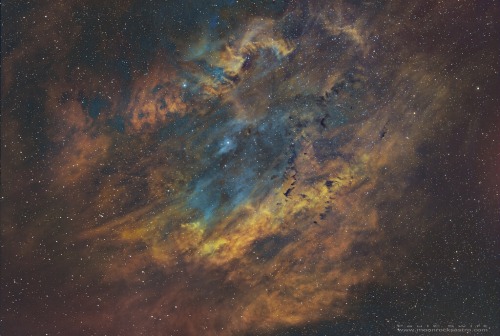
Sh2-119 Sharpless 119,emission nebular in Narrowband by Paul C. Swift on Flickr.
-
 dovahkiin-brasil liked this · 5 years ago
dovahkiin-brasil liked this · 5 years ago -
 ungenialmillennial reblogged this · 7 years ago
ungenialmillennial reblogged this · 7 years ago -
 ungenialmillennial liked this · 7 years ago
ungenialmillennial liked this · 7 years ago -
 rat-on-a-stick liked this · 7 years ago
rat-on-a-stick liked this · 7 years ago -
 paintmespeechless liked this · 7 years ago
paintmespeechless liked this · 7 years ago -
 literally900bees liked this · 7 years ago
literally900bees liked this · 7 years ago -
 oranged-boy liked this · 7 years ago
oranged-boy liked this · 7 years ago -
 universumnow reblogged this · 8 years ago
universumnow reblogged this · 8 years ago -
 earthymoon liked this · 8 years ago
earthymoon liked this · 8 years ago -
 krill-besh liked this · 8 years ago
krill-besh liked this · 8 years ago -
 captainmiu liked this · 8 years ago
captainmiu liked this · 8 years ago -
 desirekeepsburnin reblogged this · 8 years ago
desirekeepsburnin reblogged this · 8 years ago -
 mathart liked this · 8 years ago
mathart liked this · 8 years ago -
 thefastestgiraffe liked this · 8 years ago
thefastestgiraffe liked this · 8 years ago -
 angelgirlhalo reblogged this · 8 years ago
angelgirlhalo reblogged this · 8 years ago -
 angelgirlhalo liked this · 8 years ago
angelgirlhalo liked this · 8 years ago -
 rubynemesis liked this · 8 years ago
rubynemesis liked this · 8 years ago -
 cardboxshelter reblogged this · 8 years ago
cardboxshelter reblogged this · 8 years ago -
 cardboxshelter liked this · 8 years ago
cardboxshelter liked this · 8 years ago -
 nazimp liked this · 8 years ago
nazimp liked this · 8 years ago -
 thefoolsguild liked this · 8 years ago
thefoolsguild liked this · 8 years ago -
 sansainthen0rth reblogged this · 8 years ago
sansainthen0rth reblogged this · 8 years ago -
 gagaforstrify reblogged this · 8 years ago
gagaforstrify reblogged this · 8 years ago -
 shelton567-blog liked this · 8 years ago
shelton567-blog liked this · 8 years ago -
 pyscofishyjones liked this · 8 years ago
pyscofishyjones liked this · 8 years ago -
 thismightbepatrick reblogged this · 8 years ago
thismightbepatrick reblogged this · 8 years ago -
 pied-piper-pluto liked this · 8 years ago
pied-piper-pluto liked this · 8 years ago -
 mrdingo reblogged this · 8 years ago
mrdingo reblogged this · 8 years ago -
 what-a-fcukign-nerd reblogged this · 8 years ago
what-a-fcukign-nerd reblogged this · 8 years ago -
 ohlookauser-blog liked this · 8 years ago
ohlookauser-blog liked this · 8 years ago -
 wakemeddl reblogged this · 8 years ago
wakemeddl reblogged this · 8 years ago -
 mubbyjo reblogged this · 8 years ago
mubbyjo reblogged this · 8 years ago -
 mubbyjo liked this · 8 years ago
mubbyjo liked this · 8 years ago -
 daijhoudaijhou-blog liked this · 8 years ago
daijhoudaijhou-blog liked this · 8 years ago -
 the-nuclear-chaos reblogged this · 8 years ago
the-nuclear-chaos reblogged this · 8 years ago -
 tjgrocco-blog liked this · 8 years ago
tjgrocco-blog liked this · 8 years ago
GREETINGS FROM EARTH! Welcome to my space blog! Let's explore the stars together!!!
144 posts